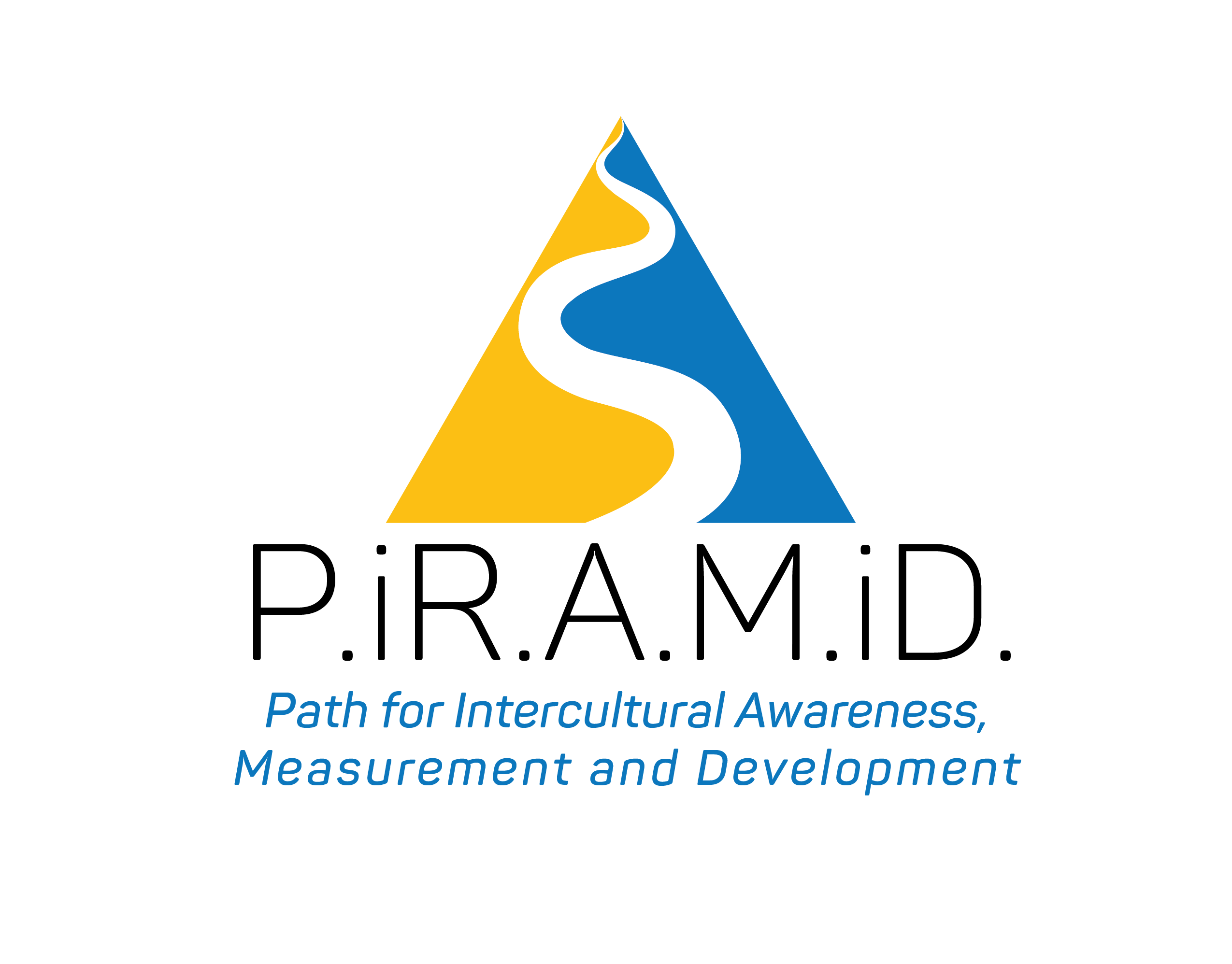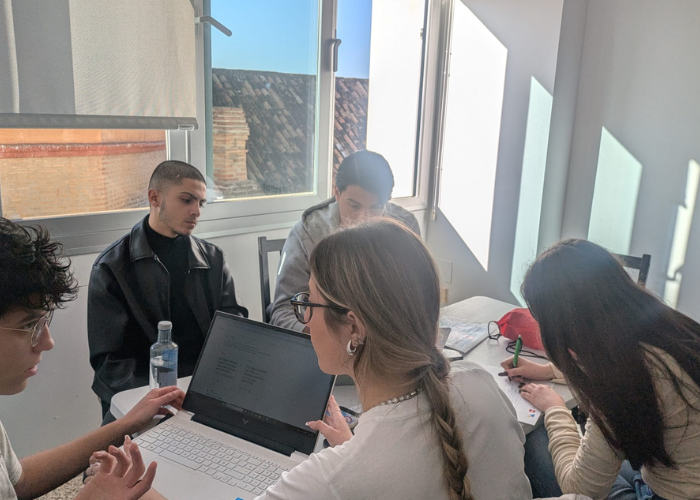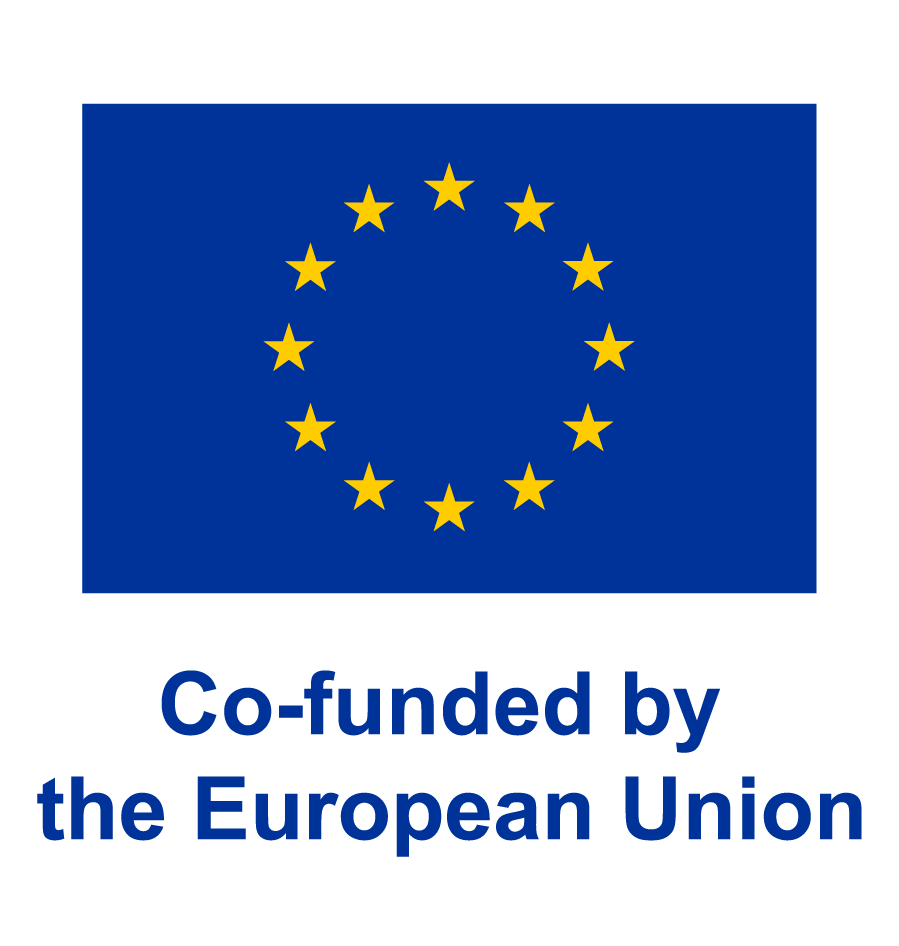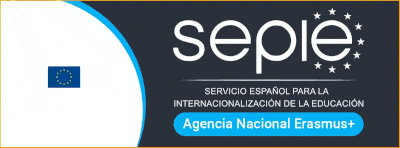This website use cookies to ensure you get the best experience on our website

P.IR.A.M.iD
2023-1-ES01-KA220-VET-000157060
Funny Anecdotes from the P.iR.A.M.i.D. Training for students
19 February 2025

When students from Bulgaria, Spain, Italy, and Belgium came together to develop training content on cultural awareness, it didn’t take long for things to get interesting—and funny. As part of the P.iR.A.M.i.D. project, students worked in multicultural groups to co-create a course designed by students, for students. Each group consisted of one student from each country, collaborating to create content that would teach others about the importance of understanding cultural differences, especially in the tourism sector. Along the way, they had plenty of funny moments that taught them just as much as the training itself.
One of the most memorable—and hilarious—stories came when an Italian student tried to greet a Bulgarian peer with a kiss on the cheek. In Italy, it’s a common greeting to give a cheek kiss when meeting someone. But, as it turns out, this wasn’t something that the Bulgarian student was used to. The Italian was taken aback when the Bulgarian awkwardly pulled back and extended his hand instead for a handshake, creating a funny moment of confusion. The group burst into laughter as they realized how something as simple as a greeting could completely throw them off due to cultural differences.
This moment led to an interesting conversation about how different cultures handle greetings and personal space. While the cheek kiss is a warm, friendly tradition in Italy, it’s not as common in Bulgaria, where people tend to keep things a bit more reserved. It was a great example of how small things, like a handshake or a kiss, can vary dramatically between cultures—and how we need to be aware of those differences in the tourism industry, where making people feel comfortable is key.
Another funny moment came when a Spanish student and a Bulgarian student had a little mix-up about head gestures. Bulgarians and Spaniards have opposite ways of using their heads to agree or disagree. Bulgarians shake their heads to say “yes,” and nod to say “no.” So, when the Spanish student saw the Bulgarian nodding during a conversation, they thought the Bulgarian was saying “no!” After a brief moment of confusion, they all realized the funny misunderstanding, leading to more laughter and a lesson on how body language can easily get lost in translation.
These moments of cultural confusion weren’t just funny—they were valuable learning experiences. The students used real-life stories like these to make the course content more relatable and engaging. They also looked at these situations through the lens of theoretical models like Lewis’ Cultural Model, which helped them understand why people from different cultures behave the way they do. But in the end, it was the funny, personal stories that really brought the training to life.
By the end of the project, the multicultural groups had not only learned a lot about cultural differences, but they’d also developed stronger connections through shared laughter and understanding. The P.iR.A.M.i.D. project wasn’t just about learning facts—it was about recognizing and celebrating the quirks that make each culture unique.
Whether it’s an awkward cheek kiss, a confused head shake, or learning how different cultures manage time, the P.iR.A.M.i.D. project showed that cultural awareness is about more than just theory—it’s about experiencing those differences, laughing together, and growing closer. Because when we can laugh at our misunderstandings, we build stronger, more understanding connections with people from all over the world.

This project has been funded with support from the European Commission.
This publication reflects the views only of the authors, and the Commission cannot be held responsible for any use which may be made of the information contained therein.
